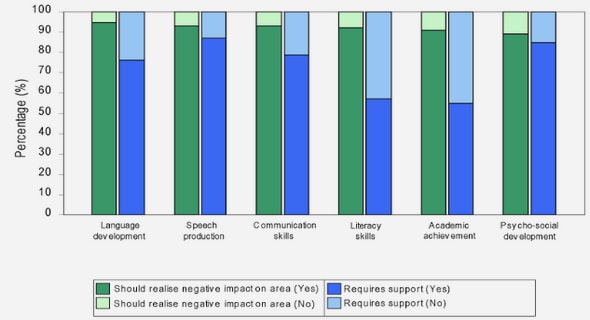(Downloads - 0)
For more info about our services contact : help@bestpfe.com
Table of contents
1 Introduction
2 State of the Art
2.1 Discovery of a new virus
2.1.1 History
2.1.2 Structure
2.1.3 Phylogeny
2.2 Epidemiology
2.2.1 Susceptible species
2.2.2 Transmission
2.2.3 Geographical repartition
2.2.4 Risk factors
2.3 Clinical signs and lesions in affected animals
2.3.1 Non-pregnant adults
2.3.2 Pregnant females and their offspring
2.3.3 Hypotheses on the pathogenesis of the lesions in fetuses and newborns
2.4 Impact on livestock farming, on wild ruminants
2.5 Diagnostics and preventive measures
2.5.1 Diagnostics
2.5.2 Preventive measures
3 Aims of the Thesis
4 Experiments
4.1 Pathogenesis in domestic ruminants
4.1.1 Infection of adult sheep (published paper)
4.1.2 Infection of adult, non-pregnant goats
4.1.3 Infection of adult goats around the time of insemination and during pregnancy
4.2 Circulation in wild and exotic ruminants
4.2.1 Free-ranging wild ruminants in France
4.2.2 Wild and exotic ruminants kept in zoos in France and the Netherlands
5 Discussion
5.1 Pathogenesis of the infection with SBV: hypotheses drawn from experimental infection in domestic ruminants
5.1.1 Pathogenesis of the infection in males and non-pregnant females
5.1.2 Pathogenesis of the infection in pregnant females
5.2 Rapid and broad dissemination of the virus among wild and exotic ruminants
5.2.1 A quick spread in many species and in various ecosystems
5.2.2 Wild ruminants: do they play a role in SBV dissemination in domestic ruminants?
5.3 Consequences in the field: impact and preventive measures
5.3.1 Domestic ruminants
5.3.2 Wild and exotic ruminants
6 Future directions
6.1 Pathogenesis of the infection in goats
6.2 SBV circulation in wild and exotic ruminants
7 Conclusion
8 References
9 Appendix



